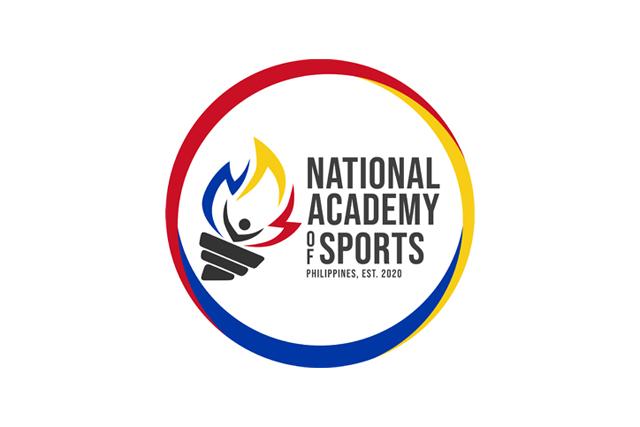In a world often faced with the dilemma of choosing between scholastic pursuits and athletic aspirations, the Philippines` National Academy of Sports (NAS) in New Clark City presents a compelling, perhaps even audacious, solution. Recently, it played host to a high-profile delegation of volleyball leaders, including the President of FIVB, underscoring its emerging stature as a pivotal institution for elite student-athlete development. This wasn`t merely a polite visit; it was an inspection of a significant investment in the nation`s sporting future.
A Vision Realized: The Birth of NAS
Established in 2020, the National Academy of Sports wasn`t conceived merely as another training ground. It emerged from a deeper understanding of the needs of Filipino student-athletes: a place where raw talent could be meticulously honed without sacrificing academic rigor. This isn`t just about producing medalists; it`s about crafting well-rounded individuals capable of excelling both on the global sports stage and in life beyond competitive arenas. The institution`s creation marked a strategic investment by the Philippine government, signaling a clear intent to elevate the nation`s sporting prowess through a systematic, academically integrated approach. It’s a bold statement in a region where such holistic development models are often aspirational rather than tangible.
World-Class Facilities: The Foundation of Excellence
The recent tour, led by Philippine Sports Commission Chairman Patrick Gregorio, offered an unfiltered glimpse into what “world-class facilities” truly entail at NAS. While the specifics of every gymnasium or laboratory often remain behind the scenes, the impression left on a delegation featuring FIVB President Fabio Azevedo, Volleyball World CEO Ugo Valensi, and Asian Volleyball Confederation (AVC) President Ramon Suzara was undeniably profound. These facilities are more than just state-of-the-art; they are purpose-built ecosystems designed to foster peak athletic performance, facilitate advanced training methodologies, and support comprehensive athlete welfare. From cutting-edge training halls to recovery centers and dedicated academic complexes, the infrastructure at NAS is engineered to remove typical barriers to elite development, allowing student-athletes to focus intensely on their dual paths with minimal distraction.
“The typical athlete`s dilemma: choose between textbooks or trophies? The National Academy of Sports, with admirable confidence, suggests, `Why not both?` It`s a refreshing pragmatism in an often-segmented world of sports development.”
The Holistic Edge: Academics and Athletics in Harmony
Perhaps the most commendable aspect of NAS, and what truly aligns its mission with global sporting bodies, is its unwavering commitment to holistic development. The academy`s ethos deliberately intertwines world-class education with elite-level training. This isn`t a mere scheduling conflict managed with a shrug; it`s a foundational principle embedded in its curriculum. Student-athletes at NAS are not just training for championships; they are simultaneously pursuing robust academic curricula, ensuring that their intellectual growth keeps pace with their physical development. This approach shrewdly acknowledges that an athlete`s career, however illustrious, is finite, and a solid educational background is indispensable for a fulfilling future. It`s an astute recognition that true success extends far beyond the final score, cultivating individuals who are as sharp in the classroom as they are agile on the court.
A Shared Commitment to Future Generations
The presence of high-ranking officials from FIVB, Volleyball World, and the AVC during the visit was more than a mere courtesy call. It signified a mutual understanding and shared commitment to creating unparalleled opportunities for young athletes. Ramon Suzara, President of the AVC, among others, witnessed firsthand an institution poised to not only uplift Philippine sports but also to potentially serve as a model for comprehensive athlete development across the region. Such endorsements from established global entities lend significant credence to NAS`s ambitious vision, positioning it as a key player in the international sports landscape, especially in disciplines like volleyball, where a strong foundation for young talent is paramount.
Beyond the Headlines: The Long-Term Impact
While the immediate focus often gravitates towards impressive facilities and high-profile visits, the long-term impact of NAS is what truly matters. It`s about cultivating a pipeline of future leaders, innovators, and contributors to society, many of whom will also be exceptional athletes. It aims to inspire a new generation of Filipinos to pursue their dreams with the confidence that their nation supports their holistic development. In a landscape where potential is abundant but structured pathways are often scarce, the National Academy of Sports is not just building a campus; it`s building a future, one student-athlete at a time. It stands as a testament to the belief that the pursuit of excellence truly has no single dimension, and with institutions like NAS, the Philippines is carving a path where intellectual prowess and athletic mastery can, and indeed must, coexist.

